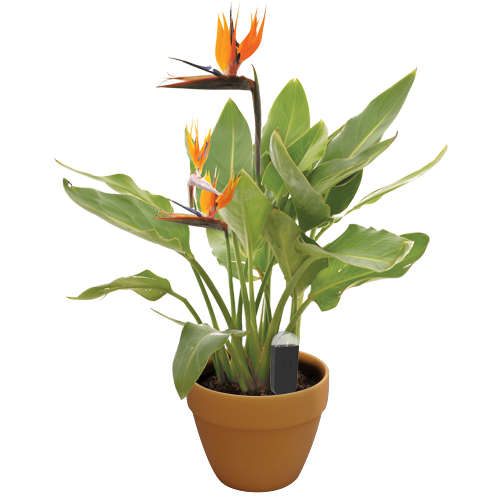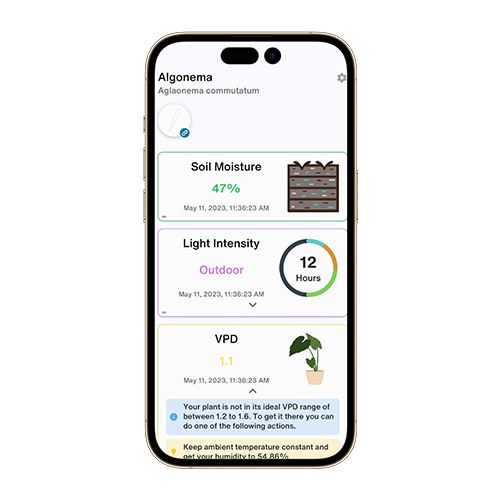Clematis montana
TAXONOMY
FamilyRanunculaceae
GenusClematis
Zone6
LEARN MORE
Plants of the World OnlineABOUT
Clematis montana, commonly known as the Mountain Clematis or Anemone Clematis, is a vigorous deciduous climber native to the mountainous regions of Asia. It is known for its profuse, fragrant white or pink flowers that bloom in late spring to early summer. This plant is part of the Ranunculaceae family and the Clematis genus. It undergoes a dormancy period during the winter months.
ALSO KNOWN AS
Anemone Curta
Clematis anemoniflora
Clematis insulari-alpina
Clematis kuntziana
Clematis montana var. brevipedunculata
Clematis montana var. incisa
Clematis montana var. montana
Clematis montana var. obtusisepala
Clematis montana var. pubescens
Clematis montana var. uniflora
Clematis punduana
Clematis spooneri var. subglabra
Himalayan clematis
Mountain clematis
OVERVIEW
VPDCalculate
WaterMoist
SoilLoamy
LightIndirect Bright (6 Hours)
Temperature18° C
Humidity60%
Dormancy3 Months
pH6.5
Pressure1,013 mbar
DETAILS
Care Instructions
Clematis montana thrives in moderate temperatures and prefers bright, indirect light. It requires regular watering, especially during the growing season, but the soil should be allowed to dry out partially between waterings. This plant enjoys moderate humidity and should be protected from extreme temperatures.Soil
Clematis montana prefers well-draining loamy soil that is rich in organic matter. The soil should be kept moist but not waterlogged. Good drainage is essential to prevent root rot.Fertilizer
A balanced fertilizer with an N-P-K ratio of 10-10-10 should be applied during the growing season. Fertilize every 4-6 weeks to support healthy growth and abundant flowering.Repotting
Repot Clematis montana every 2-3 years or when it outgrows its container. Choose a slightly larger pot with good drainage. Repotting is best done in early spring before the growing season begins.Propagation
Clematis montana can be propagated through softwood cuttings taken in late spring or early summer. Ensure the cuttings have at least one node and plant them in a well-draining potting mix. Keep the cuttings moist and in a bright, indirect light location until they root.Pruning
Prune Clematis montana after flowering to maintain its shape and encourage new growth. Remove any dead or weak stems and cut back the remaining stems to a pair of healthy buds. Regular pruning helps to promote vigorous growth and abundant flowering.Toxicity
Clematis montana is toxic to pets and humans if ingested. All parts of the plant contain irritant glycosides that can cause skin irritation and gastrointestinal distress. Handle with care and keep away from children and pets.Additional
Clematis montana benefits from a mulch layer around its base to keep the roots cool and retain soil moisture. Ensure the plant has a sturdy support structure to climb on, such as a trellis or fence.REVOLUTIONIZE YOUR PLANT CARE
Make Every Plant Smart

Plant Monitor
STAYS IN YOUR PLANT
Accurately measures the core metrics of your plant – soil moisture, light, temperature and humidity - as well as compound metrics such as Vapor Pressure Deficit (VPD) and Growing Degree Days (GDD).
Shop Now
